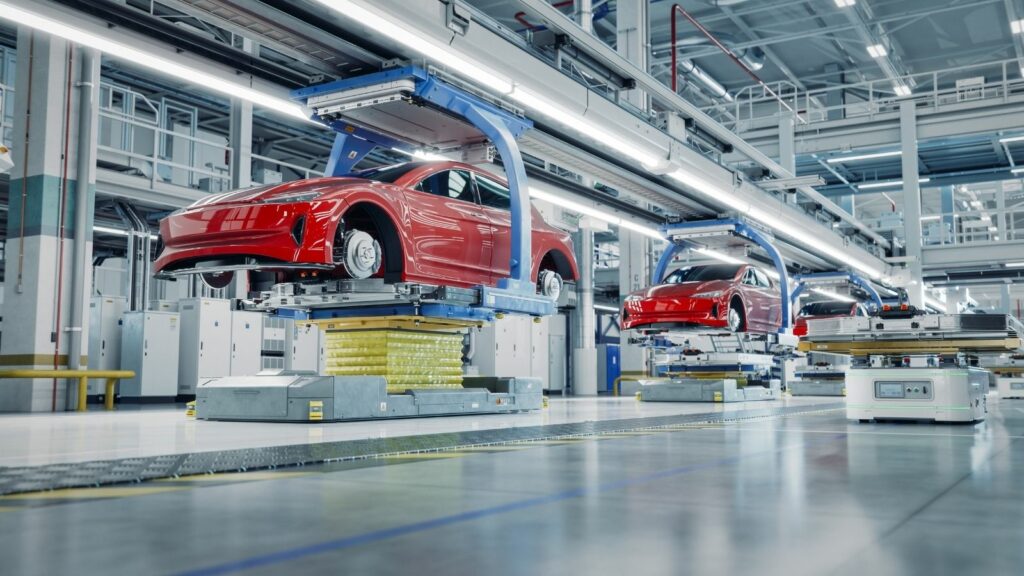Electric vehicles (EVs) remain more expensive to produce than comparable internal-combustion (ICE) cars. Automakers and analysts estimate that EV production costs are roughly $10,000-$15,000 higher per vehicle, on average, than ICE equivalents. For mass adoption to take off and for EV prices to become more competitive, automakers are aggressively looking for ways to bring costs down. In particular, the high cost of battery systems (which can account for 30-50% of the total vehicle cost) and the need to invest in new manufacturing infrastructure make this a key challenge.
Reducing production costs is no longer just about profit margin it’s about survival. With increasing competition (especially from Chinese and European EV makers) and changing regulatory and market pressures, legacy automakers are under pressure to make EVs affordable, scalable, and profitable.
Platform and modular design

One major strategy is platform and modular design. Automakers are developing shared EV architectures that can support multiple models, body types, and markets rather than designing each vehicle from scratch. This spreads fixed costs, increases volumes, simplifies parts inventories and manufacturing steps.
For example, one study showed that by applying a modular powertrain module across a family of EVs, production costs could be significantly reduced thanks to economies of scale. Similarly, reports highlight that automakers are “reimagining manufacturing” and standardising key subsystems to lower cost.
The benefits are clear: fewer unique components, simpler assembly lines, lower tooling cost per unit, and better supplier leverage. This reduces unit cost even before materials or labour improvements kick in.
Battery innovation and supply chain re-engineering
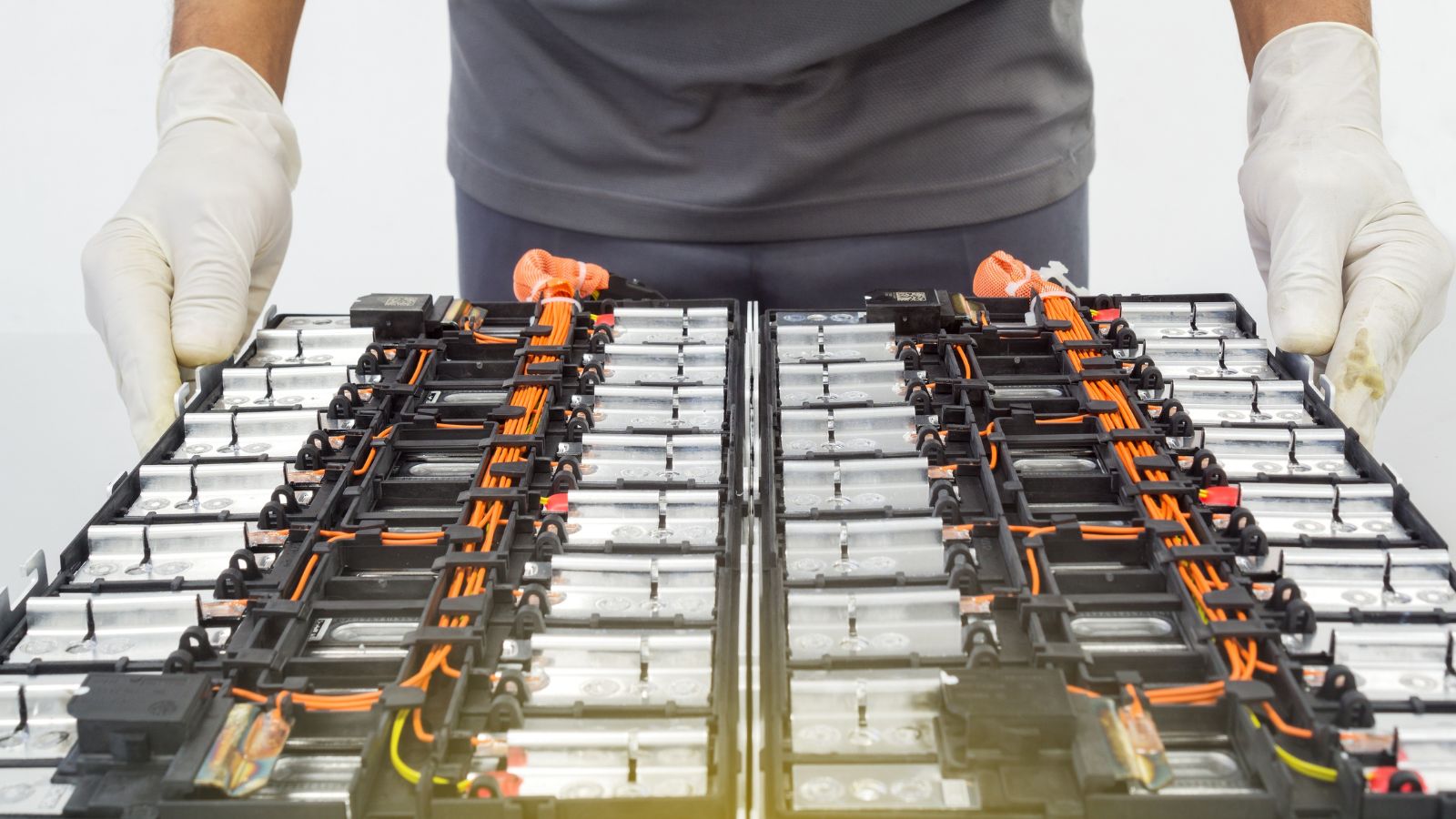
Since the battery pack is often the biggest cost driver in an EV, automakers are focusing heavily here. They are redesigning chemistries, reducing reliance on expensive or scarce raw materials (like cobalt and nickel), increasing energy density, and shortening production cycles.
Take one example: an automaker reduced usage of rare materials from around 25% to 1% or less in some models, and introduced new manufacturing concepts to cut cost by about 30% by 2030. Another automaker aims to reduce battery cost by “up to $6,000” per vehicle by switching to lithium iron phosphate (LFP) chemistry for certain models.
Beyond chemistry, manufacturing techniques matter too. Large one piece castings, fewer modules in battery packs, wireless battery management, vertical integration all these are being pursued to lower complexity and cost per vehicle.
Flexible manufacturing and plant strategy
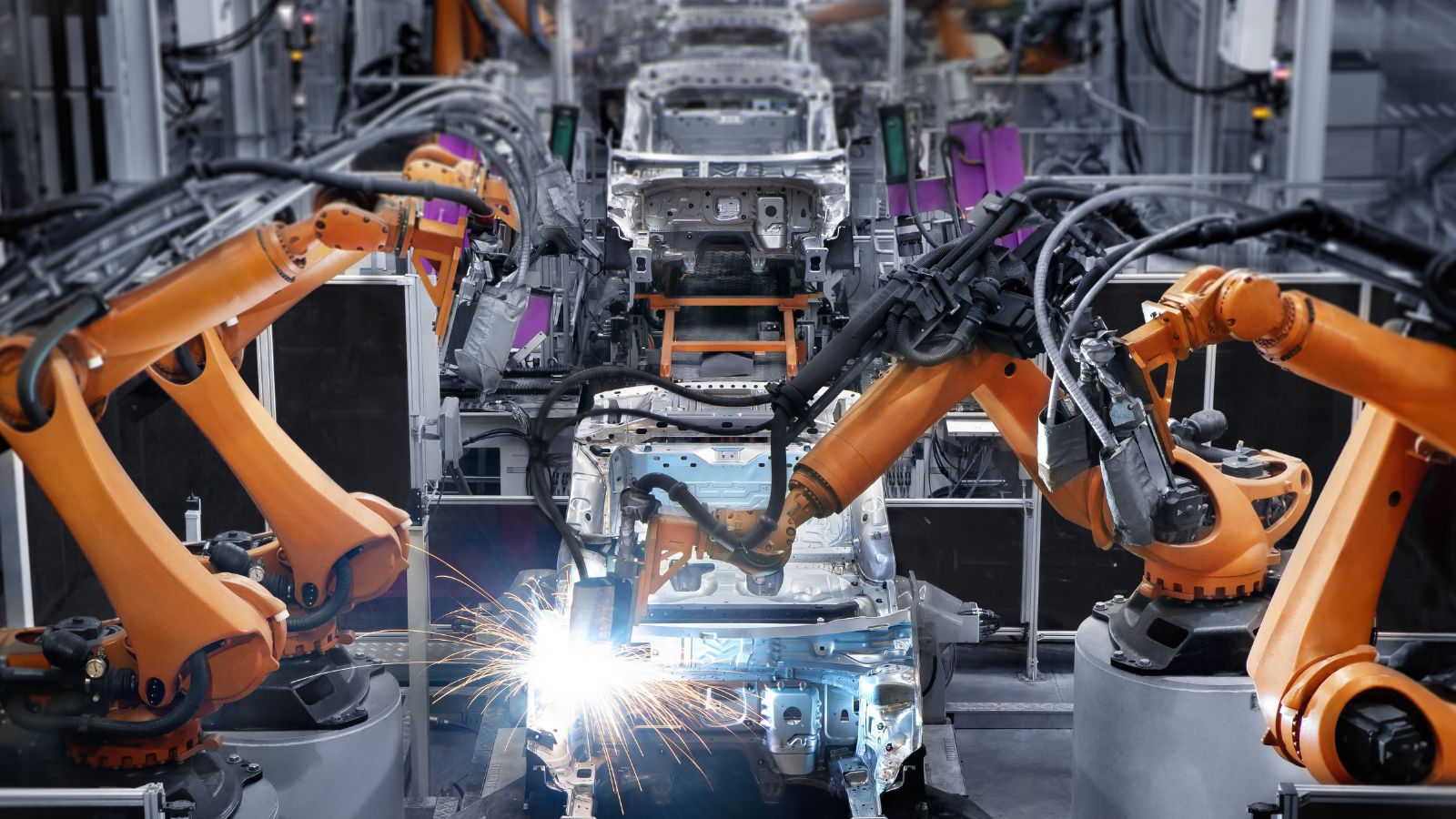
Automakers are also rethinking how and where they build EVs. Rather than build dedicated EV factories only, many are shifting toward flexible “multi-energy” plants that can handle EVs, hybrids, and ICE models. This flexibility helps reduce risk, cost of idle capacity, and allows use of existing tooling and labour.
In addition, locating plants in regions with favourable incentives, lower labour cost, and strong supplier networks is part of the equation. By designing assembly lines for modular EV components and fewer vehicle variants, automakers can reduce manufacturing cost per unit.
Parts standardisation and supplier consolidation
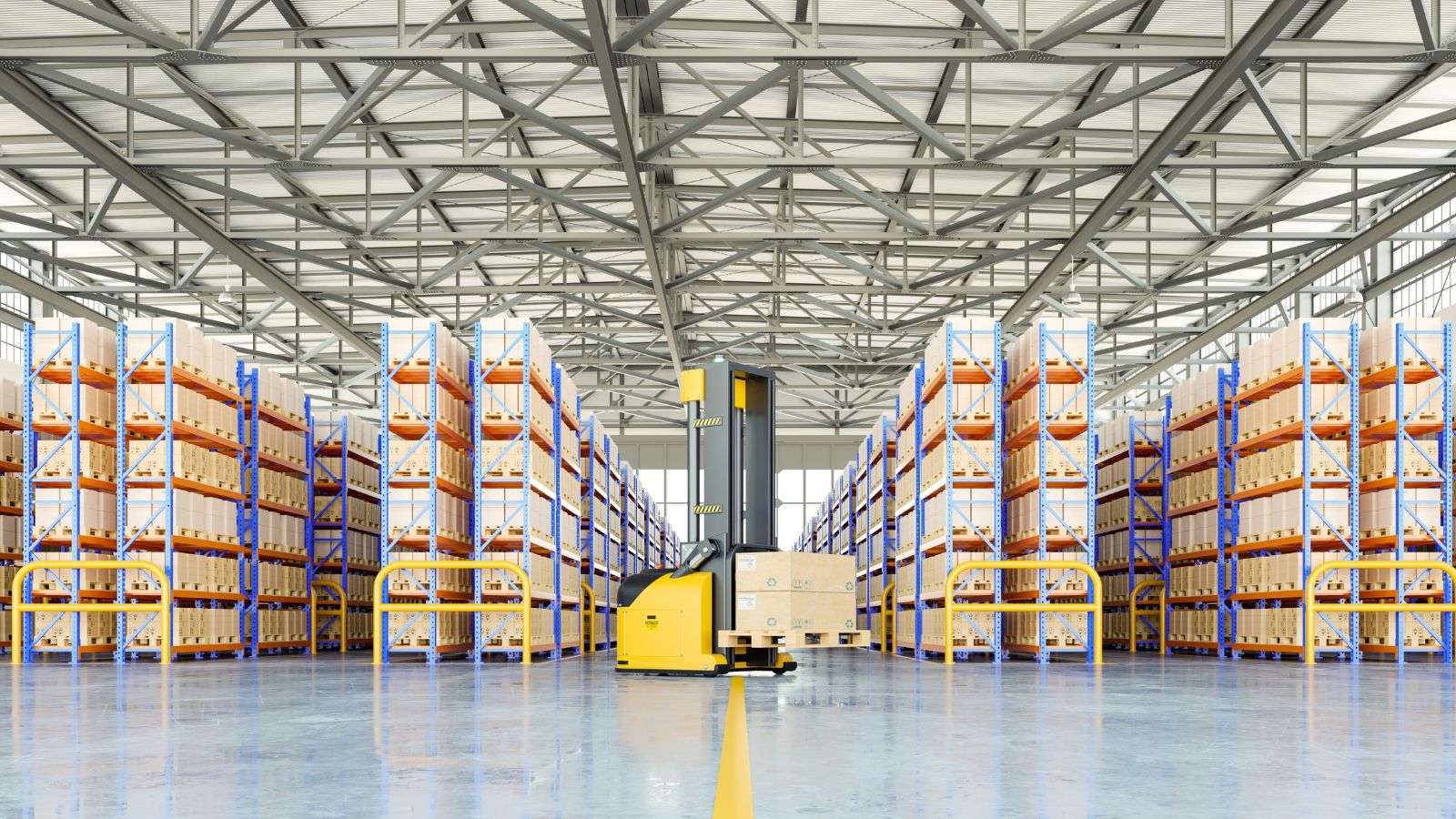
Cost reduction also comes from standardising parts across models and consolidating the supplier base. Instead of separate motors, inverters, controllers for each model, automakers design common modules that can fit multiple vehicle types. Shared electric motor units, battery modules, and power electronics reduce engineering cost, inventory complexity, and manufacturing waste. Similarly, automakers are pushing suppliers to provide components in larger volumes and negotiating better terms. Higher volume means better pricing, and over time that leads to lower cost per EV.
Materials innovation and body structure simplification
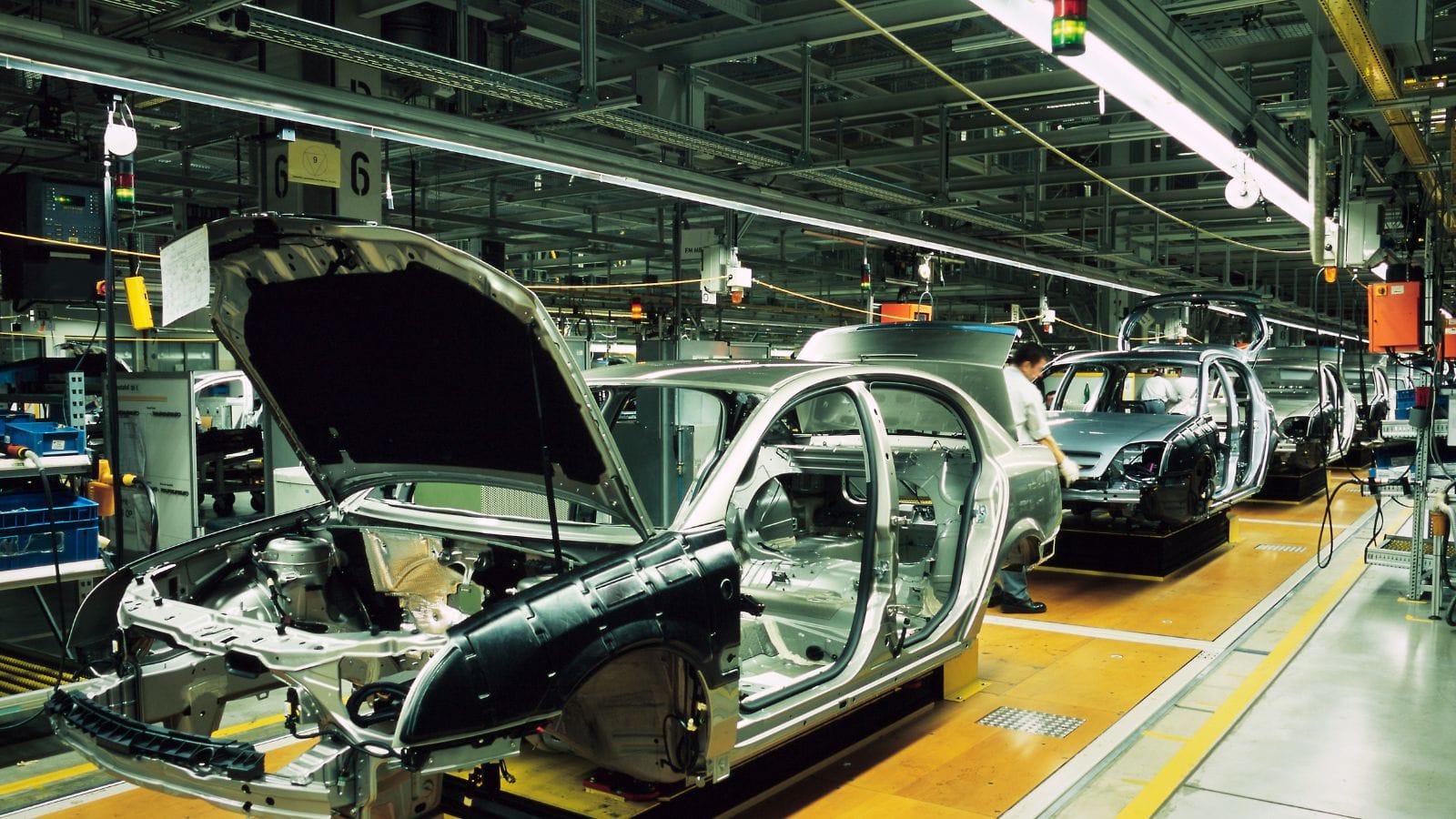
Another less obvious but powerful lever is materials and casting innovation. Large casting machines (sometimes called “gigapresses”) allow for huge aluminium or steel parts to be cast as a single piece rather than assembled from many smaller parts. This reduces the number of parts, welding operations, fasteners, and assembly time all reducing cost. Automakers using these techniques can significantly reduce body in white costs, particularly for EVs where structure and battery packaging are critical.
Also, using cheaper or higher-strength materials, reducing fastener count, and simplifying vehicle architecture fewer modules, simpler wiring harnesses help reduce labour cost and assembly complexity.
Software, systems integration and digital manufacturing

As EVs become more technologically complex, cost savings are also found in software and systems integration. Automakers are redesigning architectures to reduce the number of electronic control units (ECUs), simplify wiring, adopt zonal electronics, and move to over-the-air update capability. Each of these reduces hardware cost, assembly time, and post-sale service cost.
One example: a joint venture aimed to reduce wiring length and complexity, thus lowering vehicle cost. These “digital manufacturing” and “smart production” techniques mean less waste, fewer parts, fewer mistakes, and lower cost per unit.
Targets and timelines
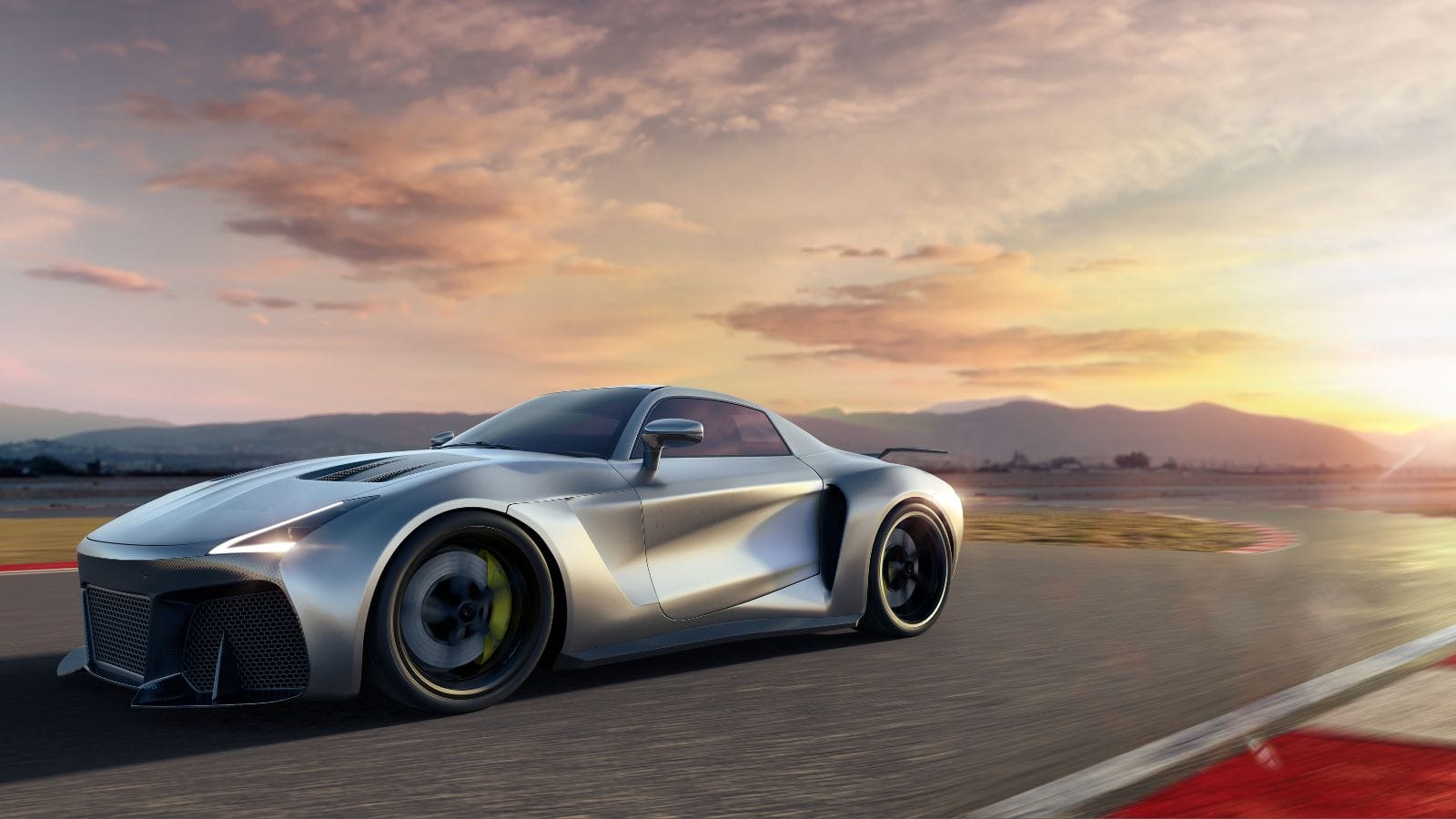
To put numbers on it: one major automaker publicly stated its goal to reduce EV manufacturing cost by 30% by 2030. Across the industry, estimates suggest that cost parity with ICE vehicles could be reached in the mid to late‐2020s, assuming further battery cost declines and scale gains.
Automakers are clearly signalling urgency: the next few years will be decisive in moving from early EV models (which are often more expensive) to mass-market EVs that match or beat ICE prices on a total cost basis.
Why it matters for buyers and the industry
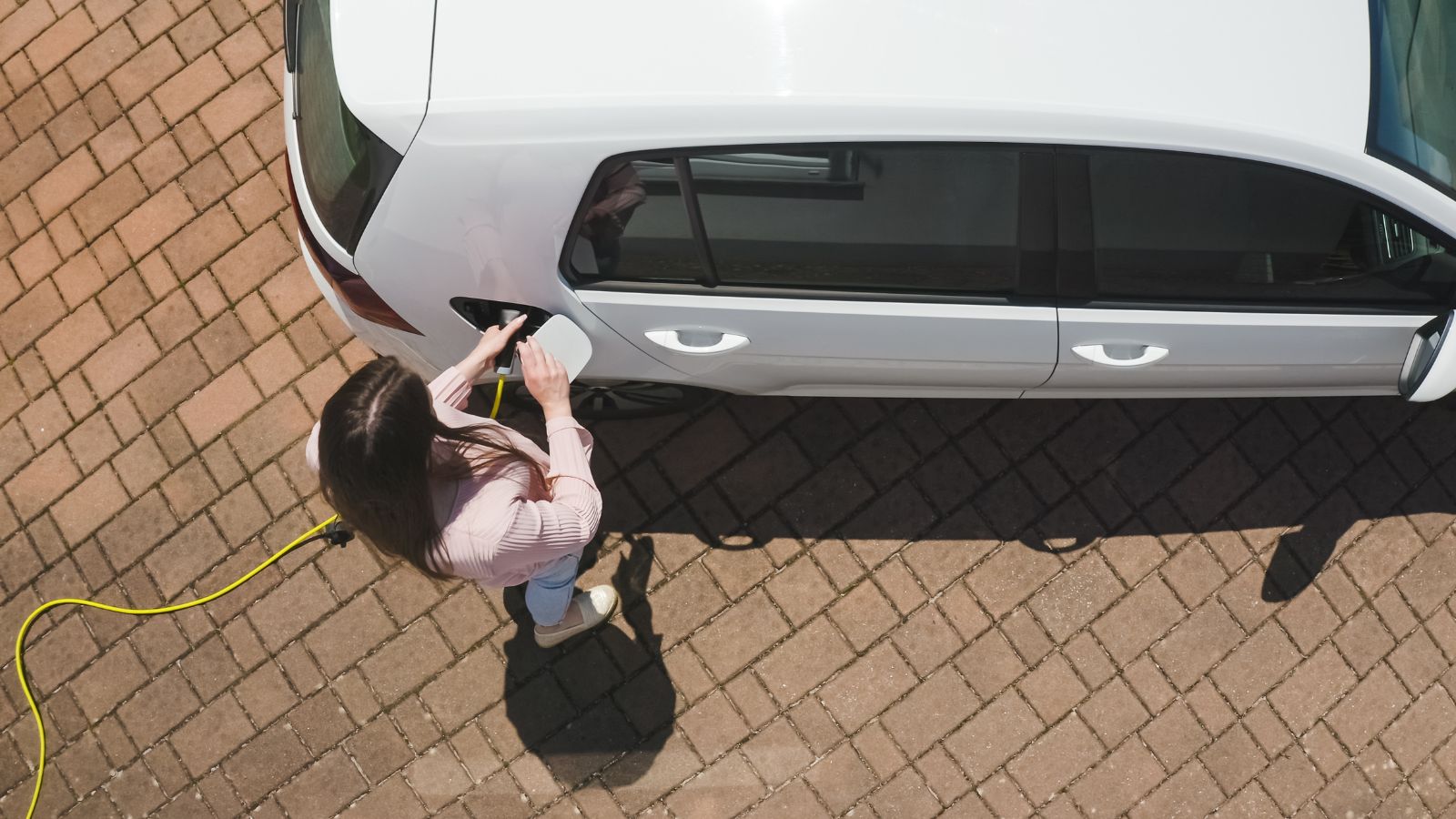
For consumers, lower production costs mean lower sticker prices, better value, and faster EV adoption. That’s especially important in markets where up-front cost is still a barrier. For automakers, it’s about profitability: without cost control, EVs may remain niche or loss-making for years.
From an industry perspective, cost reduction gives automakers flexibility in pricing, the ability to offer more entry-level EVs, and the chance to compete globally especially against manufacturers in China that already operate at very low cost. The companies that figure this out fastest will have a competitive advantage.
25 Facts About Car Loans That Most Drivers Don’t Realize

Car loans are one of the most common ways people fund car purchases. Like any other kind of loan, car loans can have certain features that can be regarded as an advantage or a disadvantage to the borrower. Understanding all essential facts about car loans and how they work to ensure that you get the best deal for your financial situation is essential. Here are 25 shocking facts about car loans that most drivers don’t realize:
25 Facts About Car Loans That Most Drivers Don’t Realize
